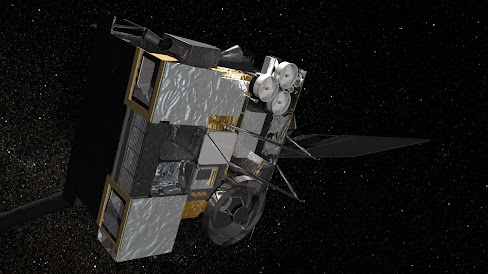 |
| The new antitumor substance was synthesized at Ural Federal University's Scientific-educational and Innovation Center of Chemical and Pharmaceutical Technologies. Photo Credit: Rodion Narudinov |
New compound could be the basis of a drug for tumor cells
Chemists from the Ural Federal University and Volgograd State Medical University have created a compound that suppresses cancer cells. The powerful new substance could become the basis for antitumor drugs because it affects the pathology that leads to the development of malignant tumors, such as cancer of the breast, lung, prostate, and lymph nodes. The substance and the results of the experiments were published in the journal Molecules.
"Type 2 casein kinase (CK2) is known to suppress apoptosis in cells, but increased levels of type 2 casein kinase are observed in tumor cells, indicating that these cells are resistant to apoptosis compared to normal cells. If you block this protein, you can achieve tumor cell death. So, our team managed to develop a universal approach to the synthesis of new azolopyrimidines and obtain a library of corresponding heterocycles as potential inhibitors of casein kinase type 2," explains Grigory Urakov, an Engineer of the Scientific Laboratory of Medical Chemistry and Advanced Organic Materials at UrFU.



.jpg)


_1.jpg)









.jpg)